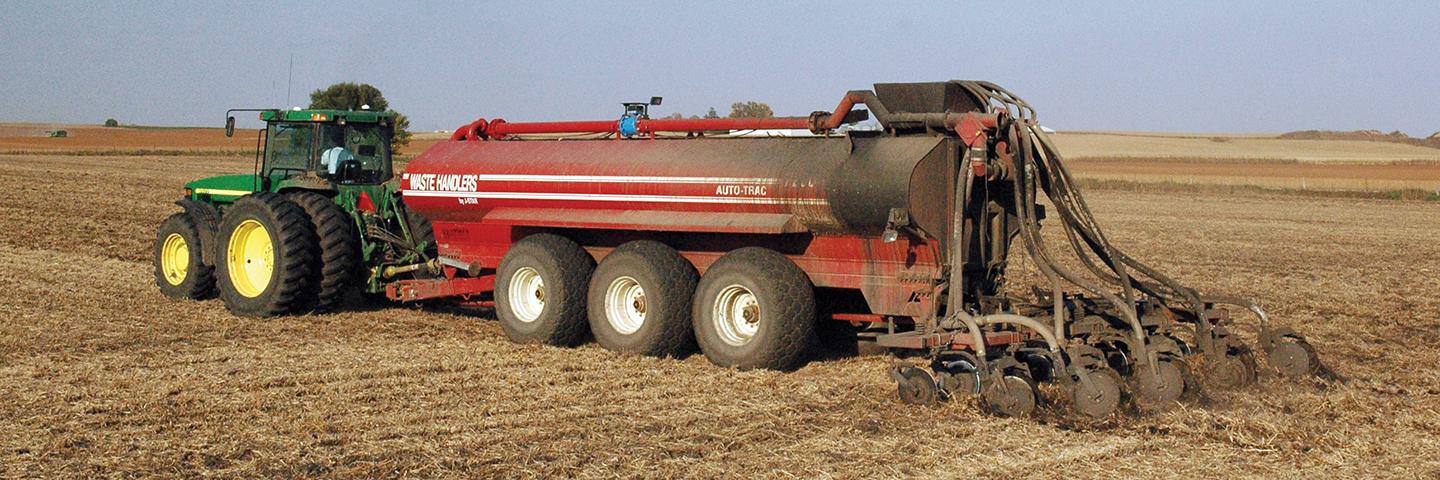
In the agricultural setting, nutrients are the building blocks for plant growth and production. Common nutrients are the elements nitrogen and phosphorus which are available in several forms. NRCS works with Iowa farmers to manage nutrients.
N FACT
Find the nitrogen rate for your farm to maximize productivity, profitability, and environmental performance by using the Nitrogen Fertilizer Application Consultation Tool. This decision tool leverages data from the Iowa Nitrogen Initiative on-farm nitrogen rate trials with cropping systems modeling. See optimum nitrogen rates under different scenarios by selection location, anticipated crop year weather, residual soil nitrogen, crop rotation, planting date, and fertilizer/crop pricing.
Partner Resources
- Iowa Manure Management Action Group
- Iowa Nutrient Reduction Strategy
- Iowa Nutrient Research Center
- Iowa Water Quality Assessment Database
- Iowa Water Quality Initiative/Clean Water Iowa
4R Nutrient Stewardship
SMART Nutrient Management
NRCS works with farmers to develop nutrient management plans that optimize plant yields while reducing the amount of nutrients lost to the environment, where they can impact greenhouse gas emissions and air and water quality.
SMART Nutrient Management includes the 4Rs of nutrient stewardship – the right Source, right Method, right Rate, and right Timing – and emphasizes smart activities to reduce nutrient loss by Assessment of comprehensive, site-specific conditions.
A SMART Nutrient Management Plan considers all conditions on the farm and how they influence one another. It is tailored to the unique farm location, soil, climate, crops grown, management conditions, and other site-specific factors.
Iowa Phosphorus Index - Technical Note 25
Iowa NRCS and Iowa State University has developed an Iowa Phosphorus Index (PI). The Iowa PI is an assessment tool for the purpose of evaluating the potential of off-site phosphorus movement. This Iowa PI is to be used when a NMP is being developed based on the 590 Standard and one of the following conditions exist: 1. When manure is applied. 2. Soil loss is above the tolerable level (T). 3. The planning area is within an identified nutrient impaired watershed. 4. The soil test phosphorus levels are above optimum.

